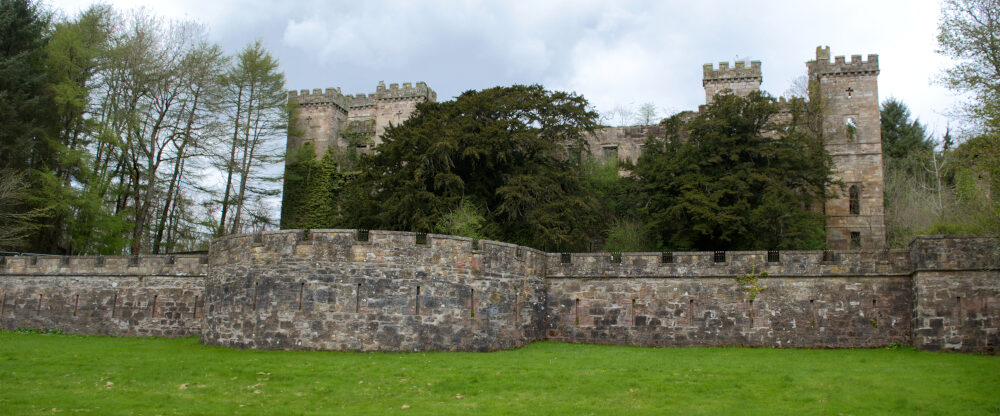Virtual ROP Post
This is without a doubt the most advanced video project we have attempted to date. Our goal was to create an animated video showing what an ROC post was, what it would have looked like and how one would have operated.
ROC Posts were small underground bunkers that were built all across the UK during the Cold War period. They were designed to act as monitoring posts. In the event of a nuclear attack on the country. Each post would have been able to provide local data on the direction and altitude of the explosion, as well as fall out as it occurred. This data would have been forwarded to each post’s area command and then to the central command. The combined data could then be used to determine the severity of the attack and help with planning across the country.
In theory, each post that detected the blast would be able to report its heading. At command, they would be able to use this data to plot the exact location of the blast on a map. If you can imagine several posts reporting a compass heading towards the blast. If each of these posts is at a known location, all you need to do is draw a line on the heading of the post reported. Then at the point where the lines crossed, this will be the location of the explosion. The area where the nuclear explosion occurred is referred to as ‘ground zero’.
The device that recorded the direction towards the explosion was called the ‘ground zero indicator’. It not only recorded the direction but also the altitude. The GZI worked a lot like a pinhole camera. It was a round object with photo-sensitive paper held inside. It has 4 holes facing north, south, east and west. If there were an explosion, the light would be able to pass through one of the holes and expose the paper held within. The exposure mark on the paper would align with a compass heading printed on the paper. It would also show the height to determine if this was an air-burst or ground-burst weapon.
Each post also had a device called a ‘fixed survey meter’ that recorded radiation levels at the surface. This was achieved by passing a probe up through a metal tube to the surface. The tube was generally capped off with a metal plate, but when in use, the cap would be removed and replaced with a dome. The dome allowed the probe to measure radiation at the surface whilst still sealing the bunker from the outside.
Another device that would have been used in an ROC post was the ‘bomb power indicator’. This measured the pressure wave generated by the explosion. It used a mechanical pressure meter with a pipe going to the surface. As pressure was forced down the pipe, the needle would move.
We have tried to show each of the main devices in detail, although this means our ‘Virtual ROC Post’ is not entirely historically accurate. Some of the items we have added to our post are not period-specific. What we have done is try and use the most commonly seen items and use them within our video. There are a lot of videos online of people exploring abandoned ROC posts and we want to try and explain the most commonly Present items. An example would be the TeleTalk device. This item would not have been used in 1979. (This is the date on our diary). This is however, the most common communications device seen within ROC posts.
All the animation and modelling within this video were done using ‘Blender’. Blender is a piece of software released as open-source. Once all our clips were made we used Kdenlive to create the final video. Kdenlive is our NLA (Non-Linear Editor) of choice. It is also released as a piece of open-source software.

